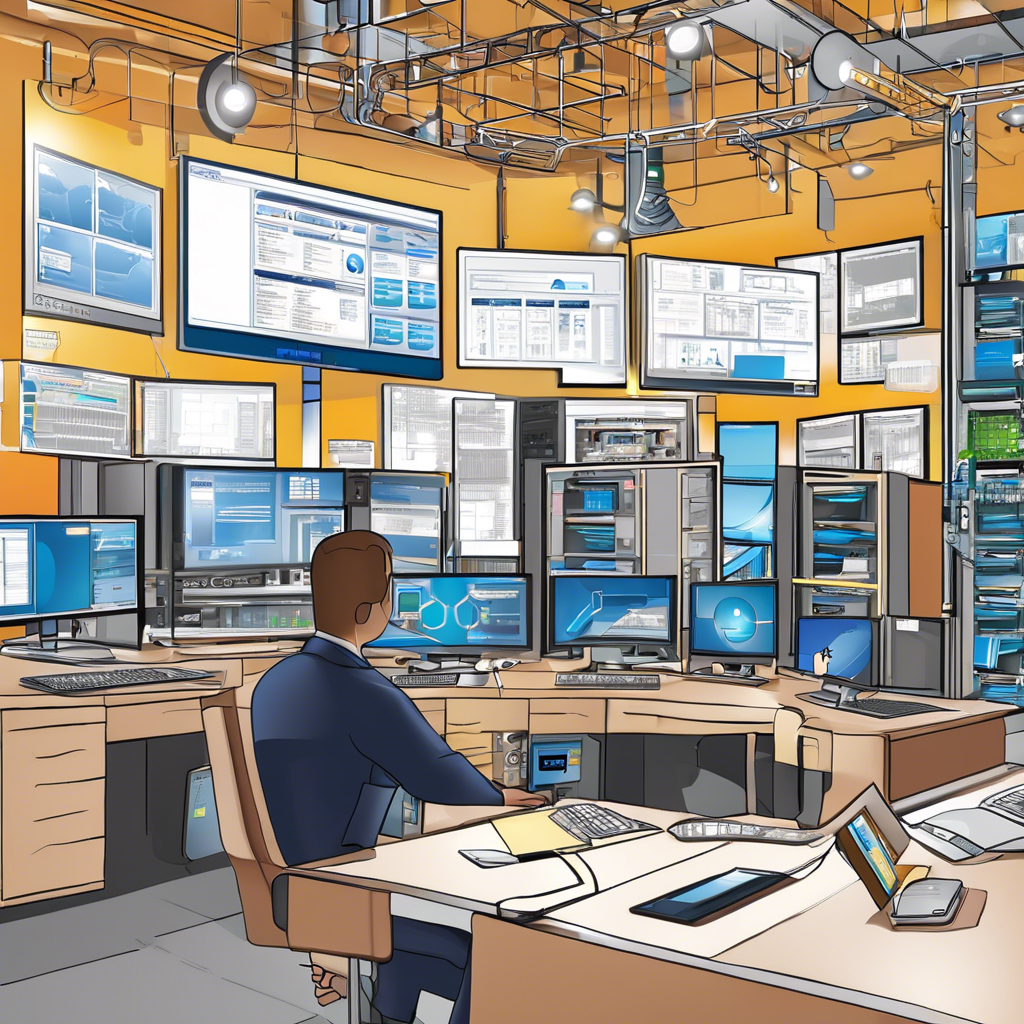Remote access software allows users to connect to and control a computer or device from a remote location. This technology is particularly useful for businesses, IT professionals, and individuals who need to access and manage devices that are not physically accessible. Remote access software can improve productivity, streamline troubleshooting processes, and enhance collaboration among team members.
One of the key benefits of remote access software is the ability to access files and programs on a remote device as if you were physically present. This can be especially helpful for employees who work from home or travel frequently but need to access company resources.
In addition to accessing files and programs, remote access software often includes features for remote troubleshooting and technical support. IT professionals can use these tools to diagnose and fix issues on users’ devices without having to be physically present, saving time and resources.
Remote access software also facilitates collaboration among team members by allowing them to work on the same files and projects in real-time, regardless of their physical location. This can improve efficiency and communication within a team, particularly for remote or distributed teams.
Security is a critical consideration when using remote access software, as it involves accessing devices and networks from external locations. It is essential to choose a reputable remote access solution that prioritizes data encryption and authentication to protect sensitive information.
Many remote access software options offer multi-factor authentication, session recording, and other security features to ensure that only authorized users can access remote devices. Regular software updates and security patches are also crucial to mitigate potential vulnerabilities.
Businesses can benefit from remote access software by enabling employees to work remotely, access company resources securely, and collaborate effectively with colleagues. This flexibility can improve employee satisfaction and productivity, leading to better business outcomes.
Remote access software is also valuable for IT support teams, as it allows them to troubleshoot issues on users’ devices quickly and efficiently. This can reduce downtime and minimize disruptions to business operations.
For individuals, remote access software can provide convenience and flexibility in accessing personal devices and files from anywhere. Whether it’s accessing files on a home computer while traveling or troubleshooting a family member’s device remotely, this technology can simplify everyday tasks.
Remote access software can be used across various industries, including healthcare, education, finance, and technology, to streamline processes, improve efficiency, and enhance collaboration. The versatility of remote access tools makes them valuable in different settings.
Some popular remote access software options include TeamViewer, AnyDesk, LogMeIn, and Splashtop, each offering unique features and capabilities to meet different user needs. It’s essential to research and compare these options to find the best fit for your specific requirements.
When using remote access software, it’s crucial to follow best practices for security, such as using strong passwords, enabling encryption, and keeping software up to date. Educating users on security protocols and monitoring access logs can further enhance security measures.
Remote access software is continuously evolving to meet the changing needs of users and address emerging security concerns. Developers are constantly improving features, performance, and security protocols to provide users with a seamless and secure remote access experience.
As remote work becomes more prevalent in today’s digital landscape, the demand for reliable and secure remote access software is expected to grow. Businesses and individuals alike will continue to rely on these tools to access devices and collaborate effectively from anywhere in the world.
In conclusion, remote access software plays a vital role in enabling remote work, enhancing collaboration, and improving efficiency across various industries. By leveraging the benefits of remote access technology and prioritizing security measures, users can work seamlessly and securely from any location.
